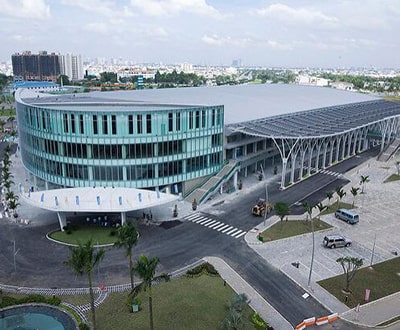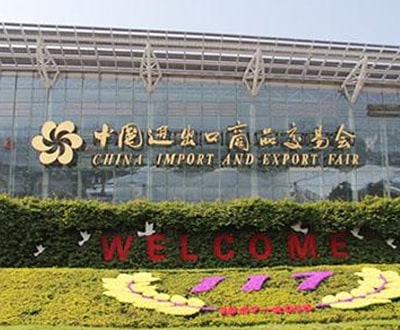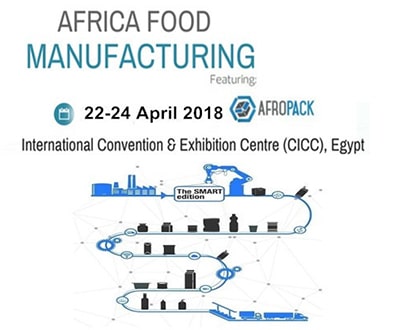The Environmental Impact of Cereal Bar Packing Machinery
Introduction
In the realm of food packaging, cereal bar packing machinery plays a significant role in protecting and preserving these nutritious snacks. However, the environmental consequences of this machinery cannot be overlooked. This article will delve into the multifaceted ways in which cereal bar packing machinery impacts the environment, offering insights into its sustainability challenges and potential solutions.
Energy Consumption
Cereal bar packing machinery is known for its high energy consumption, primarily during the drying and packaging stages. The drying process involves removing moisture from the cereal bars, which requires substantial amounts of thermal energy. Traditional drying methods rely on large ovens that consume fossil fuels, contributing to greenhouse gas emissions.
Packaging Waste
Cereal bar packing machinery often uses multiple layers of packaging materials, including plastic, paper, and aluminum foil. These materials are not easily biodegradable and can accumulate in landfills and oceans, posing severe ecological threats. The challenge lies in finding sustainable alternatives that provide effective protection without compromising the shelf life of the product.
Waste Generation
In addition to packaging waste, cereal bar packing machinery can also generate significant amounts of non-recyclable waste. Defective or damaged products, as well as scraps from the cutting and sealing processes, contribute to the volume of waste produced. Implementing proper waste management systems and exploring circular economy initiatives can help mitigate these environmental impacts.
Water Usage
Certain types of cereal bar packing machinery, such as those that use water-based coatings or adhesives, can consume substantial amounts of water. Water scarcity is a growing concern in many regions, and it is crucial to minimize water usage in industrial processes. Exploring water-efficient technologies and adopting closed-loop water systems can help address this challenge.
Noise and Air Pollution
Cereal bar packing machinery can generate significant noise levels during operation, which can disturb nearby communities. Additionally, some machines release harmful air pollutants, such as volatile organic compounds (VOCs), as a byproduct of the drying or sealing processes. Implementing noise-reducing measures and installing pollution control technologies can help alleviate these environmental impacts.
Mitigation Strategies
To address the environmental impact of cereal bar packing machinery, several mitigation strategies can be considered:
– Utilizing Energy-Efficient Technologies: Investing in energy-efficient drying systems, such as infrared or microwave drying, can reduce energy consumption.
– Optimizing Packaging Materials: Reducing the number of packaging layers or using sustainable materials, such as biodegradable plastics or recycled paper, can minimize waste.
– Implementing Waste Reduction Programs: Implementing rigorous waste sorting and recycling programs, as well as exploring waste-to-energy initiatives, can help reduce non-recyclable waste.
– Conserving Water Resources: Exploring water-efficient machinery and implementing water recycling systems can minimize water usage.
– Reducing Noise and Air Pollution: Installing noise-absorbing materials and implementing pollution control technologies can mitigate noise and air pollution.
Conclusion
The environmental impact of cereal bar packing machinery is a complex issue that requires multifaceted solutions. By understanding the key areas of concern and implementing sustainable practices, manufacturers can significantly reduce their environmental footprint. Embracing energy-efficient technologies, optimizing packaging materials, and implementing waste reduction programs can pave the way for a more sustainable future in the cereal bar industry.
-
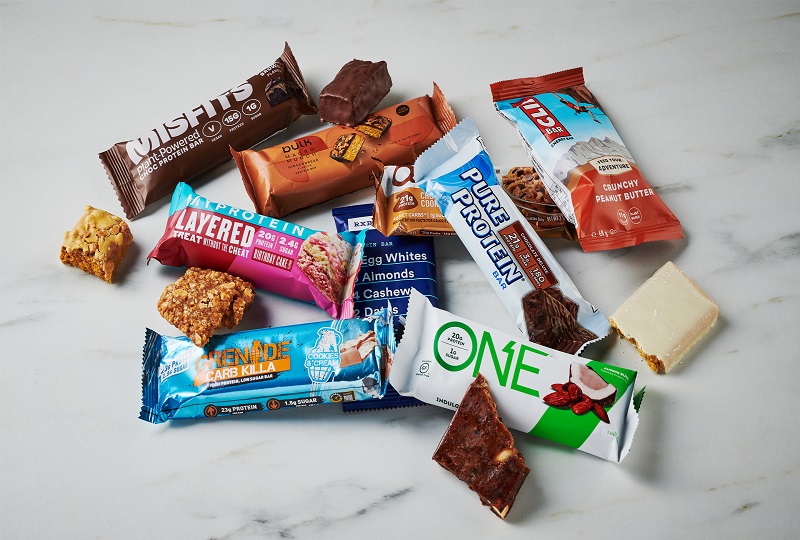 01
01Further Discussion About Protein Bar Packing Machinery
27-02-2024 -
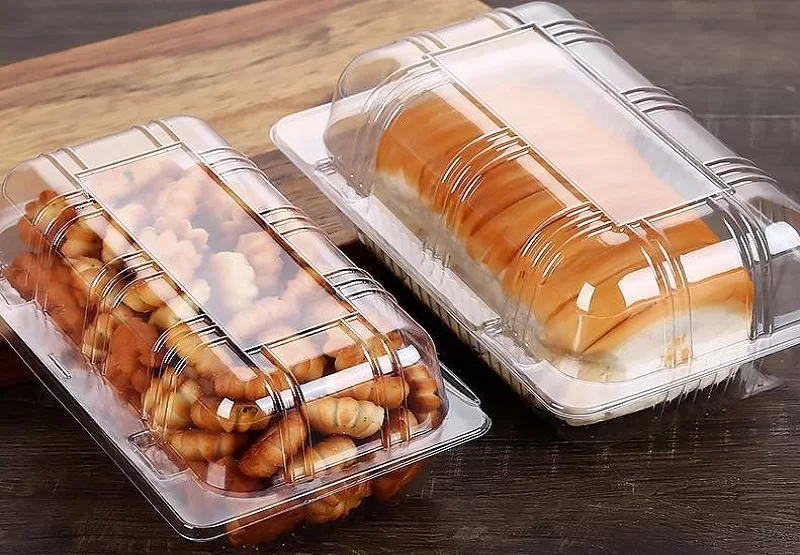 02
02Sustain The Best Crispy With Automatic Packaging Machines
29-01-2024 -
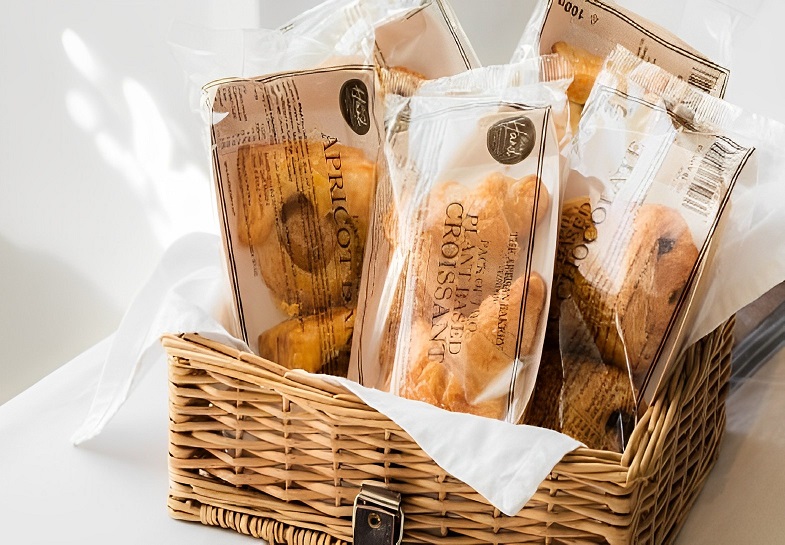 03
03Bread Packing Machine For Bakery Business
19-01-2024 -
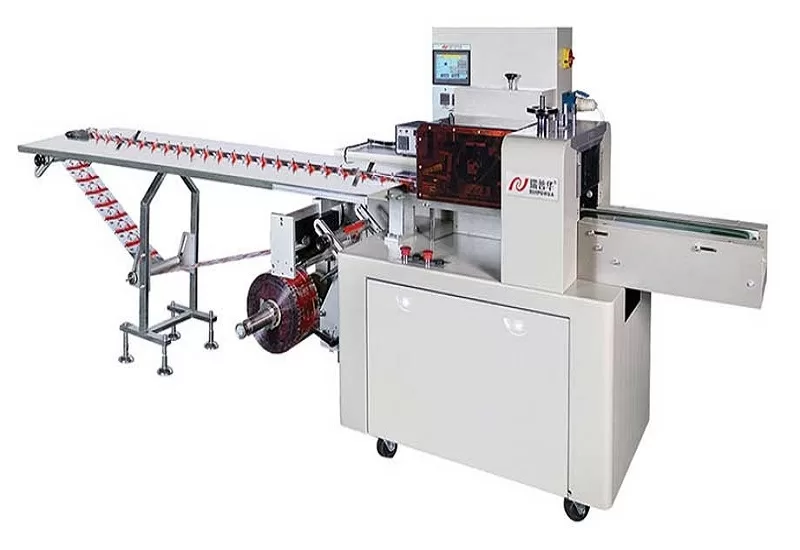 04
04How Flow Wrappers Are Adapting to Changing Trends
01-11-2023 -
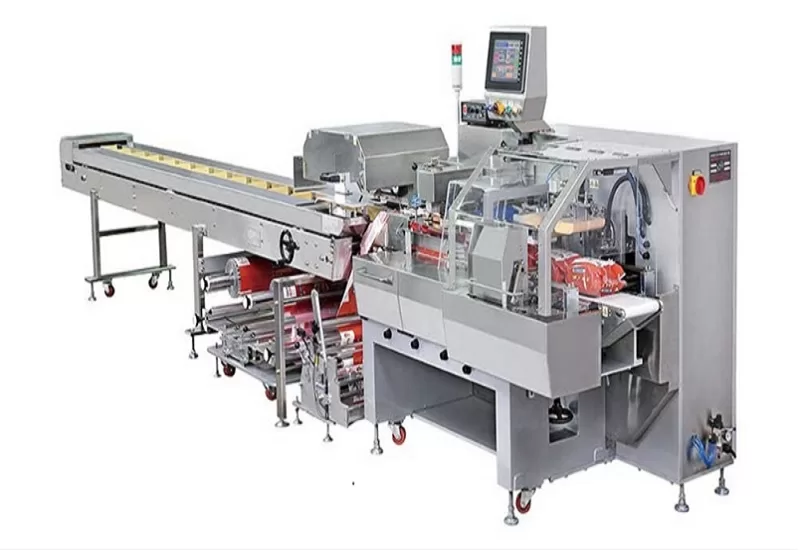 05
05The Comprehensive Guide to Packaging Machinery
31-10-2023 -
 06
06Automatic Cookie Packaging System Performance
01-09-2023 -
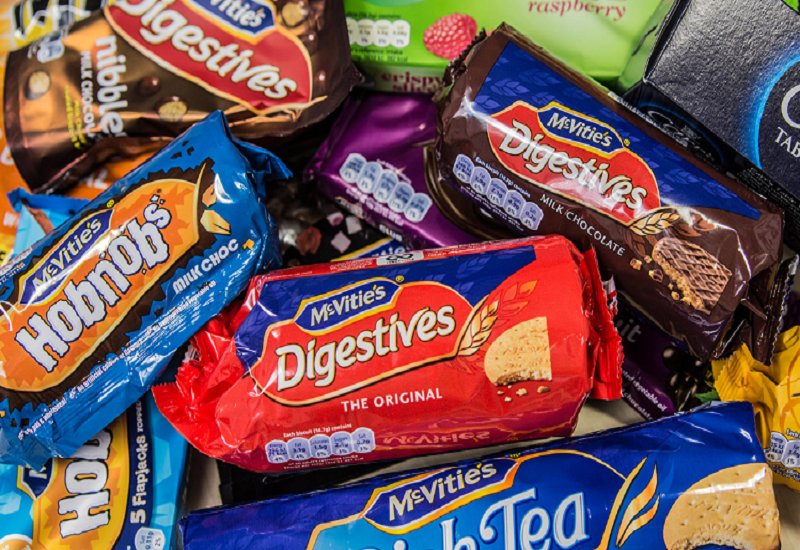 07
07Streamlining Biscuit Packaging with Multipack Biscuit Packaging Machines
25-08-2023 -
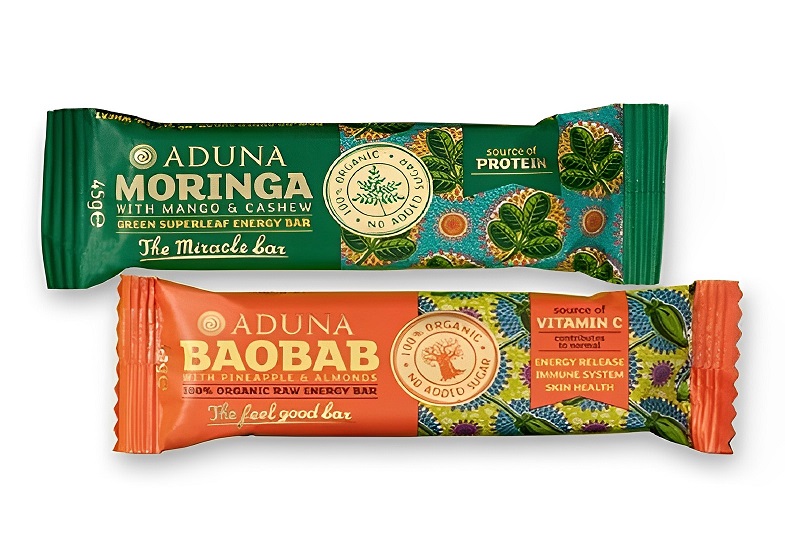 08
08From Assembly To Shipping: The Energy Bar Packaging Machine Does All
28-02-2023 -
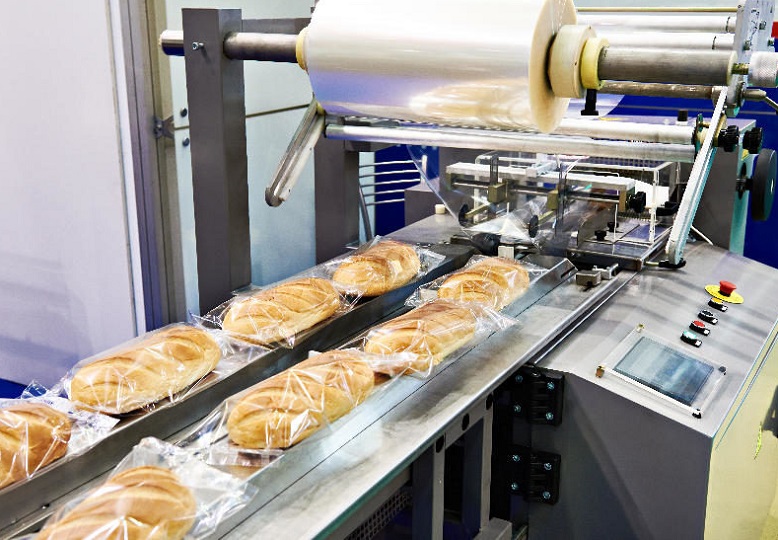 09
09Maximizing Efficiency With Food Packaging Machine Technology
22-02-2023 -
 10
10Clients Hunt For Professional And Functional Packaging Machine
10-11-2022



